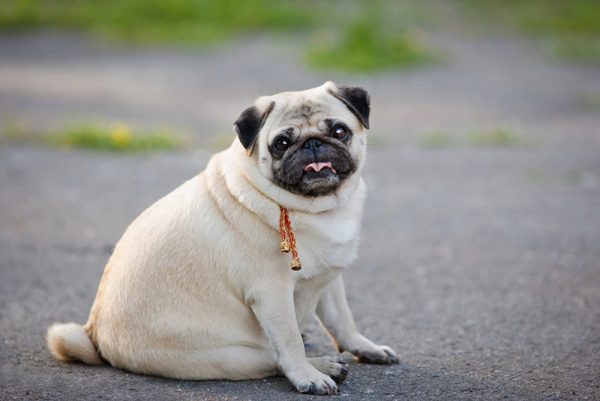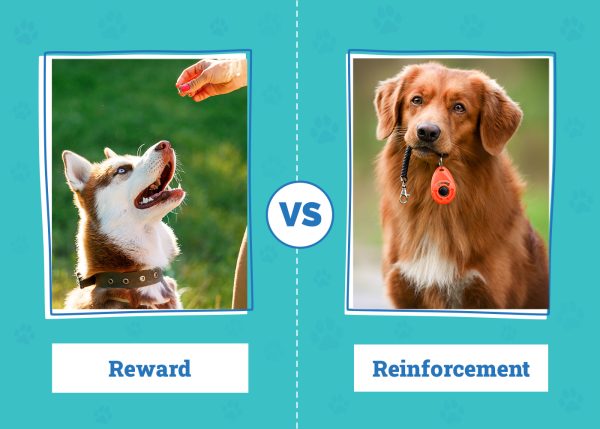In this article
View 6 More +Skijoring is a sport that originates in Norway and sees participants on skis being pulled by horses, dogs, or motor vehicles. Although it was once a form of transport, it is now seen primarily as a competitive sport or a means of exercise and training. Virtually any fit and healthy dog can potentially take part in skijoring because the handler can use one or a pack of dogs to drive them.
However, it’s recommended that handlers wait until their dogs are fully grown to introduce them to the sport, and while any healthy dog is physically capable of taking part, the event is usually enjoyed more by dogs that have a lot of stamina and enjoy being out in the cold.
If you live in an area with snow, it is easy to get into skijoring, although you will need to work with your dog and train them to ensure you are both safe when you head out. Alternatively, you can take part in competitions and events in some countries.

How Does It Work?
Skijoring means ski driving and is based on mushing or sled pulling.
You can take part in skijoring with one dog if it is big and strong enough to pull your weight on skis, or with a pack of dogs, which is ideal for smaller dogs that don’t have the same body strength. It does require snow, although there are alternatives that are similar but take part on grassy terrain rather than on snow.
You will need to ensure your dog is well-trained because it will be responsible for leading and driving you across potentially hazardous terrain.

What Do You Need?
Your dog needs to be fitted with an appropriate harness which will be attached to an elasticated lead. This is then attached to a skijoring belt, which leaves your hands free to use ski poles. And, of course, you need skis. You will also want additional equipment like thick socks and warm clothes for you, as well as cream and ointment for your dog’s cracked paws.
Your dog will benefit from a warm jacket to wear when you have finished any race or outing.
Get Involved
If you live in an appropriate area, where there is good snow and a safe place to take part, you can buy the equipment and start training your dog before heading out skijoring. Alternatively, competitions and groups can be found in areas around the U.S. and even in parts of the UK and Europe.
Joining a group means that you will be given carved paths to use, rather than making your own, and you will learn the best training practices for your dog. It also adds a competitive element, as the group will likely hold regular competitions so you can see how you and your dog stack up against others.

Training Your Dog
A dog won’t naturally take to skijoring. First, you will need to get your dog used to wearing a harness and then to pulling the harness and extra weight. You will need to train directional commands. Your poles can be used to guide your dog but should never be used to hit or reprimand your dog, and you will benefit from teaching your companion to stand or sit calmly while you get everything prepared.
Advantages of Skijoring with Dogs
- It’s Great Exercise – Dogs need daily exercise and skijoring is a more intensive form of exercise than walking or hiking. It can provide a great way to ensure your dog stays fit and healthy.
- It Offers Mental Stimulation – It isn’t just a dog’s body that needs exercise, its mind also needs stimulation. Your dog has to concentrate on lots of things while skijoring, from the terrain ahead to your verbal commands and corrections, which means activating its brain. Skijoring is an effective form of mental stimulation.
- It Helps Bonding – The bond between dog and owner is important. It not only means greater fulfillment for the two of you, but a strong bond means your dog will be more likely to listen to commands because it wants to please you. Working together, as you have to when skijoring, will improve the bond you have.

Disadvantages of Skijoring with Dogs
- You Need Snow – Strictly speaking, skijoring needs snow. There are grass-based alternatives, but they can be harder going than proper skijoring. Unless you live somewhere where it snows all year round, skijoring will not be an option all year.
- Some Dogs Don’t Like Pulling– Skijoring doesn’t come naturally to all dogs. It will take time to train your dog to pull you on skis, and certainly to listen to slow and turn commands.
 Frequently Asked Questions (FAQ)
Frequently Asked Questions (FAQ)
When Can a Dog Start Skijoring?
Although any healthy dog can take part in Skijoring, it is recommended that you wait until the dog is fully grown to prevent injuries and malformations to bones and joints. In most breeds, this means waiting until they reach 12 to 18 months. Before this, though, you can start training some of the essential basics such as turn and direction commands, while also socializing your dog to make sure they won’t be distracted while you’re competing.
You can also get your puppy used to wearing a harness and even pulling light weights around before they progress to heavier weights when they are old enough.
Can Small Dogs Go Skijoring?
Even small dogs can take part in skijoring. Just as packs of dogs are used in sledding or mushing, so too can you use a pack of dogs for skijoring. This means that smaller breeds that are active and enjoy being outdoors can still enjoy the excitement of this unique event.

Can You Skijor Without Snow?
Strictly speaking, you cannot skijor without snow, but there are similar, alternative sports that you can take part in. Grassjoring is an event that has been developed from skijoring and can be enjoyed throughout the year or in areas where there is no snow.
 Conclusion
Conclusion
Skijoring means ski driving and is a sport that sees dogs pulling people on skis. It is an energetic sport that is played throughout Norway and has spread to the U.S., UK, and Europe. Although breeds like Huskies tend to do best at this type of event, it can be enjoyed by any healthy adult dog, and even puppies can start to learn the basics that they will use when they are old enough to safely take part.
It offers a good bonding experience for you and your dog as well as physical exercise and mental stimulation for your dog.
See also:
- Teddy Roosevelt Terrier: Breed Info, Pictures, Facts, & Traits
- Someone Kicked My Dog: 5 Tips on What to Do Next
Featured Image Credit: travelarium.ph, Shutterstock


















